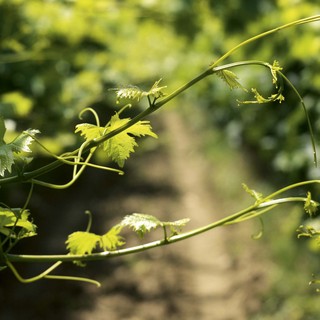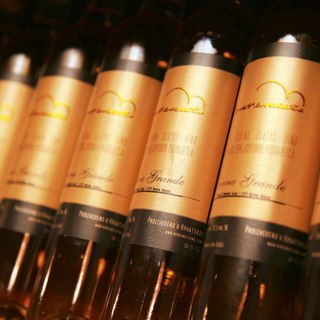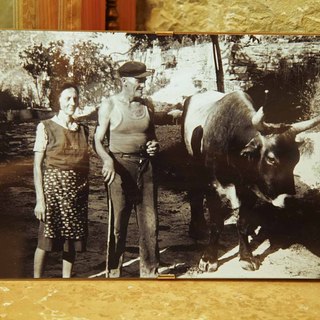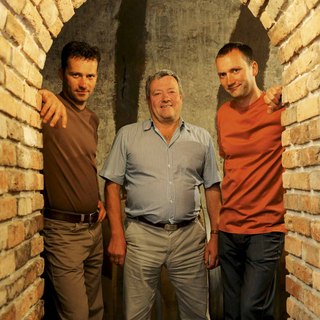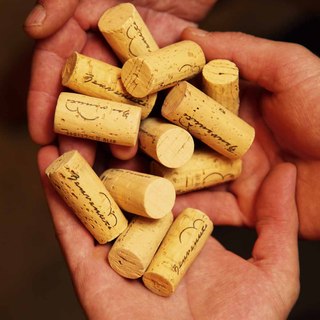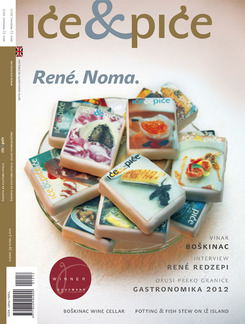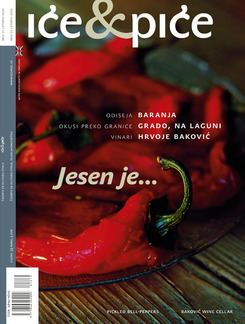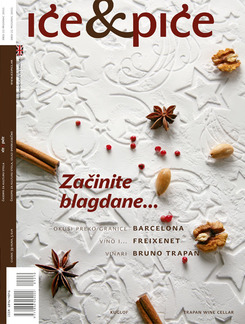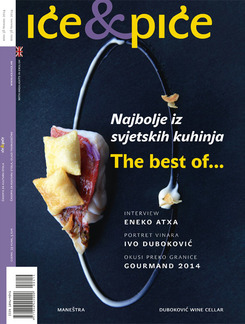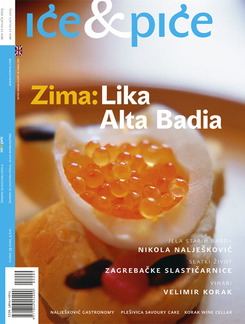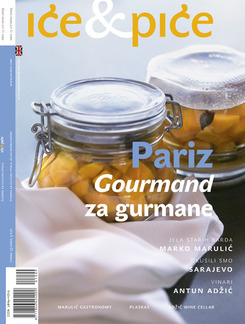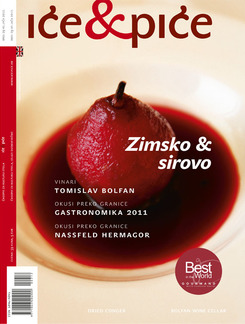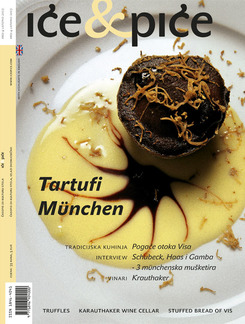Wine cellar’s ID
Family tradition
Kaldir, set to the east of Motovun on a hillock over the Mirna, together with the hamlets in the valley itself, is the best known region in Istria for fruit. And so it’s natural for most of the farming families to have addressed the production of high quality fruit and vegetables. In recent times some have even dug over the old vineyards to plant orchards and turn their money over the faster. But not the Benvenutis. We have always been dedicated to viticulture and winemaking says Livio Benvenuti today; he and his sons Nikola and Albert are carrying on the tradition of their fathers and grandfathers, and thus, in a region in which thanks to the already ideal microclimatic conditions the agave and orange and palm thrive, the Benvenuties have bent all their efforts, not into planting and picking apples, plums, pears and apricots, but the production of serious wines of indigenous varieties, of Malvazia, Teran and Muskat.
Vineyards and varieties
Today, the Benvenuti family cultivates 7 hectares of its own vineyards, and 2 more are sub-contracted. Istrian Malvazia comprises more than half of the plantations, Teran another 30% and Momjan Muscat 15%. The vineyards are located in a sequence of particular micro-locations, on the whole to the south west of Kaldir, on white soil, terraced, at elevations of 180 to 400 metres above sea level. The white soil, with plenty of minerals, the considerable elevation and the particular micro-climate (the air from the sea that pushes through the valley of the Mirna and the influence of the inland region) give a grape with high sugar, excellent acids and freshness and marked aromas, all of them together setting a powerful seal on all the Benvenuti wines: from basic and aged Malvazia, the fresh and harmonious Teran, and the intense and pleasant acidity-rich dessert wines.
Cellar, technology, wines
Although the Benvenuti cellar has considerably greater capacities, they produce about 50,000 bottles a year today, most of which are filled with their fundamental wine, fresh Malvazia. As well as the fresh Malvazia, which has spread the name of the Benvenutis, the market also sees Istrian Malvazia Anno Domini 2008, which after 15 days of maceration has aged in large oak barrels for two years. And then there is a serious Teran that is macerated for 20 days, aged in wood for two years, and then 6 more months in the bottle. There is an interesting coupage of dried berries of Malvazia and Muscat, to which a small percentage of the aromatic if almost forgotten indigenous variety Ulovina is added, which provides a sweet wine called Corona Grande, named after the block the grapes grow in. The next sweet ace in the hole is the dessert Muscat San Salvatore 2008 (a Decanter silver in 2010), aged for 2 years in oak barrels and, last but not least, for the first time in Istria, a dessert wine from dried Malvazia grapes – Malvazia Istarska San Salvatore 2009 (a gold at this year’s Vinistra), a wine that the Benvenutis think has started a new Malvazia era.
Family business
When you stay on the family estate of the Benvenutis, when you spend a whole day with these industrious and dedicated people, when they show you with pride their carefully tended and exemplarily spruced-up vineyards, when you listen to them speaking with enthusiasm about the features and advantages of the particular positions on which their vineyards are located, and about the knowledge and experience you have to possess in order to be able skilfully and effectively to lighten some vine or thin out some bunch; when they describe their wines, and Livio instead of the somewhat hackneyed sommelier’s straw yellow says of the colour of their fresh Malvazia that it’s like hay when its going from green to yellow; when all these people, on their revived Kaldir holding, from the yard of which the view of picturesque Motovun is spoiled only by a vast woody banana plant, when, then, all these hospitable people greet you and receive you in a pleasant, naturally cooled tasting room, sit down to dine with you, when they bring to the table all the good things of the region prepared in the traditional way and to boot bring out their excellent wines, when you don’t know where to start or what to put together with what, for it all goes so well with everything else, everything supplements and complements the other things – it was easy with one-year-old Karlo (Albert’s son), whom, as soon as the noisy company from the tasting room woke him up, his mother and nona at once put in a good temper with soft gnocchi that melt in the mouth, the same that we ourselves were enjoying, when, then, you’re with the Benvenutis chez the Benvenutis only then can you get to know, and feel, and experience their candid, genuine and honest character. That of their wines too.
Philosophy
Family, tradition and territory: these are the most often mentioned words when you speak with the Benvenutis of the philosophical conception of wine. The close connection between their three families, the harmonised and coherent views when they talk about the range and the manner of production, or about selling and marketing and the future. All this alongside the many-times expressed loyalty to the traditional Istrian varieties; Malvazia, Teran and Muscat. Through the long history of Istria these varieties have given the best results, and so it’s our intention in some sustainable manner to make use of the boons of the territory and be grateful that we ourselves belong to a bit of it. This territory, on which, and from which, we live, that is what we want through our wines to convey to every wine lover.
Future
The Benvenutis have in view the lease or purchase of 10 more hectares of vineyards, which, with those existing, would enable them to produce about 100,000 bottles. Fresh Malvazia, their, at the moment, best known brand would still make up the major part of the production. They think that 100,000 bottles is optimum, since that is the quantity that they can control as a family without taking on more labour, and also a quantity that their family can decently live off. And it will stick with the existing varieties. Since they started selling bottles with their own labels in 2003 they have regularly received gold medals for every wine they have produced. And yet, when you mention the future, they return as one: We still have a lot of room for improvement.
